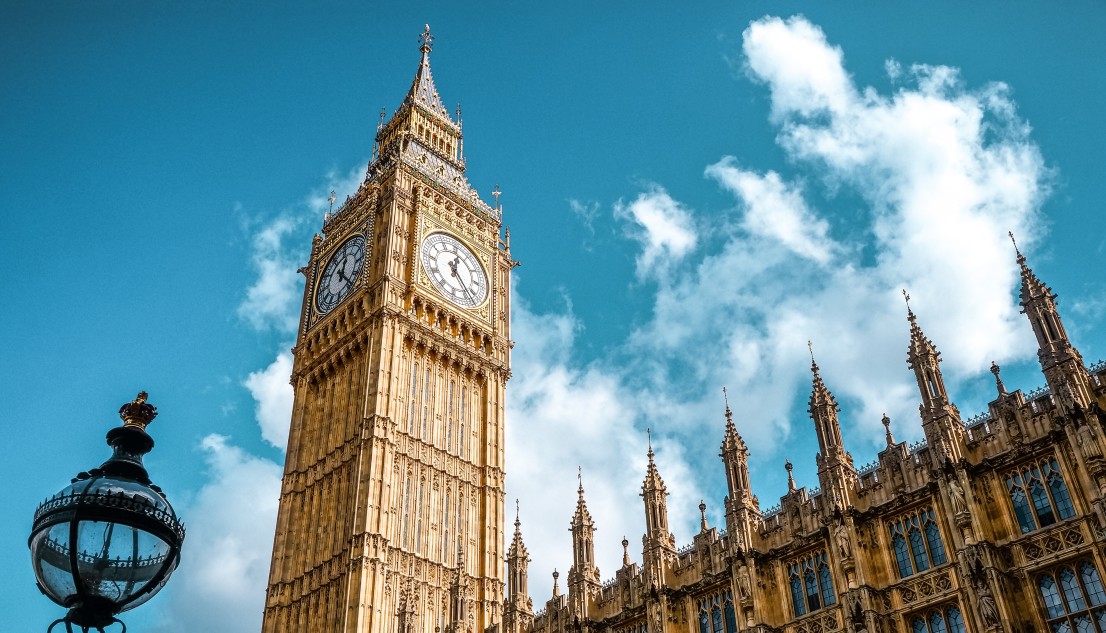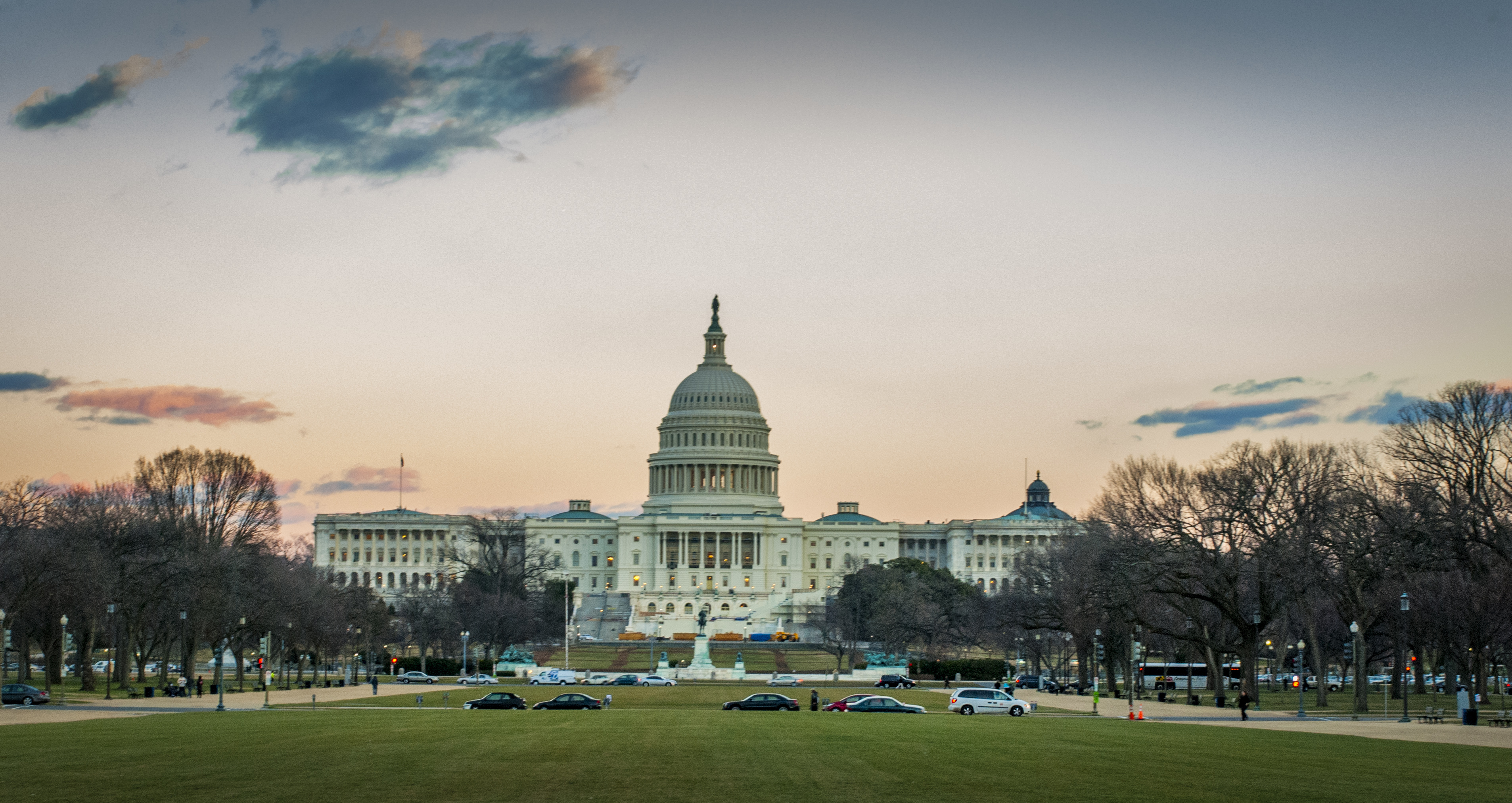If you want to understand the economics of the climate crisis, look no further than France and Germany. Despite its projected $580 billion investment in renewables by 2025, Germany records ten times higher greenhouse gas emissions than France. Meanwhile, French households spend only 59 percent of what German households spend on electricity.
Why is French electricity so much cleaner – and cheaper – than German? While Germany has combined its aggressive development of wind and solar with a nuclear phase-out, France has maintained a large nuclear fleet that provides more than 70 percent of the country’s electricity. By neglecting nuclear energy, German taxpayers and consumers pay more for smaller emissions reductions. Had Germany chosen a different course and invested $580 billion in nuclear instead of wind and solar, the country would already be operating on entirely clean electricity.
As the Biden administration takes office and pursues legislation to cut American carbon emissions, it would do well to heed the lessons of the French and German case study. Below are the a few reasons I believe nuclear energy is the best option for clean energy.
Nuclear Is Green
Like wind and solar, nuclear does not produce greenhouse gases. Instead, nuclear reactors produce energy from fission, the splitting of an atom’s nucleus. But while having no carbon footprint puts it in the same camp as other alternatives, nuclear offers a unique environmental benefit: reliability.
How large is the differential in reliability between wind, solar and nuclear? The difference can be measured by capacity factor, or the percentage of time a plant spends operating at full power generation. Solar operates at a capacity factor of 24.5 percent, wind at 34.8 percent and nuclear at 93.5 percent.
For people committed to fighting climate change, capacity factor is more than just an economic statistic. The unreliability of solar and wind harms emissions reductions. Because wind energy relies on strong air currents and solar on bright, clear days, grids that are heavily reliant on wind and solar suffer fluctuating periods of oversupply and undersupply. During frequent periods of undersupply, consumers and businesses purchase electricity generated from other sources, usually natural gas or coal.
Perhaps advances in battery technology will alleviate the environmental damage of the unreliability, but for the foreseeable future, wind and solar are not enough to reduce dependence on fossil fuels.
Nuclear Is Safe
Trefoil hazard signs and steam-bellowing towers: these images conjured by the term “nuclear power” echo the skepticism many Americans feel toward the technology. Stuck on a few high-profile accidents, public opinion often overlooks the data on nuclear’s safety compared to other energy sources.
Nuclear isn’t just a little bit safer than fossil fuels: it results in 330 times fewer deaths per terawatt hour than coal, 250 times fewer than oil, 38 times fewer than natural gas and is on-par with other zero-emission energy sources.
What makes fossil fuels so dangerous? Air pollution, mainly—recent studies link fossil fuel burning to 4 million premature deaths and an equal number of new cases of asthma in children each year. For coal, the mining itself is also a danger, with up to 12 percent of coal miners developing fatal lung conditions like pneumoconiosis and silicosis. Even based on the lower World Health Organization estimates that place the human cost of fossil fuel pollution at only one million per year, nuclear has still saved roughly 1.84 million lives since 1971.
What about nuclear accidents? Most modern reactor designs are magnitudes safer than the reactors involved in the three high-profile accidents at Three Mile Island, Chernobyl and Fukushima. Older reactor designs relied on manually initiated safety contingencies in the event of a reactor meltdown, creating room for human error. Modern designs, in contrast, employ passive safety systems that use gravity to bring coolant fluid to the reactor core in the event of an accident. These and other safety innovations make the newest designs, like the recently approved NuScale small modular reactor, up to 5,000 times safer than traditional power plants.
Nuclear is Next?
Nuclear is safe and green, but incorporating it into America’s energy solution will require making it more economically viable. To do so, the incoming Biden administration should streamline regulation. It’s tough to say what percentage of nuclear regulations are extraneous; there is no question that they create an enormous burden for developers. For instance, the regulatory approval application for the most recently accepted reactor design was only submitted after eight years of working with the Nuclear Regulatory Commission. It ran 12,000 pages and required an additional 2 million pages of compliance information. The sheer size is more than a person could read in a lifetime and presumably more information than what was actually taken into account for the approval decision.
The incoming Biden administration has the responsibility to refocus American energy policy toward decarbonization. In doing so, it should learn from Germany’s mistakes – and France’s successes – and ensure that nuclear has a seat at the table.



